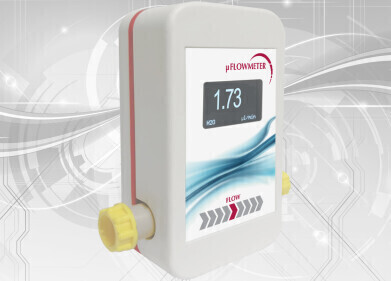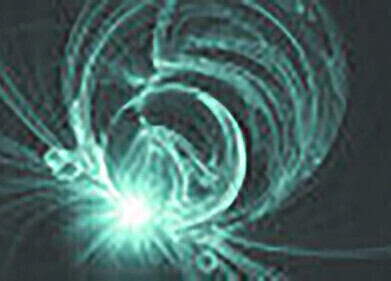LC-MS
Selectively Remove Phospholipids and Proteins from Biological Matrices
Feb 24 2016
HybridSPE-Phospholipid technology is a sample prep platform designed to selectively remove endogenous protein and phospholipid interferences from biological plasma and serum prior to LC/MS or LC/MS/MS analysis. This technology eliminates ion-suppression and extends column life by eliminating on-column phospholipid buildup. HybridSPE-Phospholipid technology offers exceptional value and simplicity with minimal method development.
Common Issues
Excessive background from endogenous sample matrix components is always of great concern in bioanalysis alongside the continuing need for decreased analytical run times. In bioanalytical mass spectrometry, the issue of excessive background contributes to the problem of ion-suppression. The end result is poor assay reproducibility, as well as decreased accuracy and sensitivity.
One of the major causes of ion-suppression in bioanalysis is the presence of phospholipids during LC/MS analysis. Phospholipids are prevalent in extremely high concentrations in blood-based biological fluids (~1 mg/mL), representing the second largest lipid component in biological matrices after triglycerides.
In addition to ion-suppression, phospholipids may build up on the analytical column. They may elute uncontrollably downstream in an injection run sequence, causing unpredictable ion-suppression effects and poor reproducibility. If gradient conditions are needed to elute phospholipids, analysis run times are dramatically increased.
Solution
HybridSPE-Phospholipid products are designed for selective removal of both phospholipids and proteins from biological matrices. The procedure involves a few simple steps, analogous to standard protein precipitation. These products are available in both cartridge and 96-well format for compatibility with high-throughput and automation. HybridSPE-Phospholipid technology bridges the gap between simplicity and selectivity, while providing excellent analyte recovery and reproducibility.
Biological plasma or serum is first subjected to protein precipitation by adding the sample to the HybridSPE 96-well plate (or individual cartridge) followed by acidified acetonitrile (precipitation agent). The filter/frit assembly acts as a depth filter, physically removing the proteins, while concurrently removing the phospholipids via Lewis acid-base interactions. The resulting effluent is phospholipid-free and ready for immediate LC/MS or LC/MS/MS analysis.
Unlike other phospholipid removal products that use a hydrophobic retention mechanism, HybridSPE-Phospholipid technology uses a Lewis acid-base retention mechanism, allowing it to separate phospholipids from even very hydrophobic analytes. Meanwhile, competing products retain hydrophobic analytes, such as vitamins, disabling the ability for downstream analysis.
In summary, HybridSPE-Phospholipid products are valuable tools in LC/MS analysis. They help to eliminate both ion-suppression and the need for long gradient run times to elute on-column phospholipid build-up. For additional information, or to try a free sample, please click here.
Events
Apr 22 2025 Kintex, South Korea
Analytica Anacon India & IndiaLabExpo
Apr 23 2025 Mumbai, India
Apr 27 2025 Portland, OR, USA
May 11 2025 Vienna, Austria
May 18 2025 Tempe. AZ, USA












